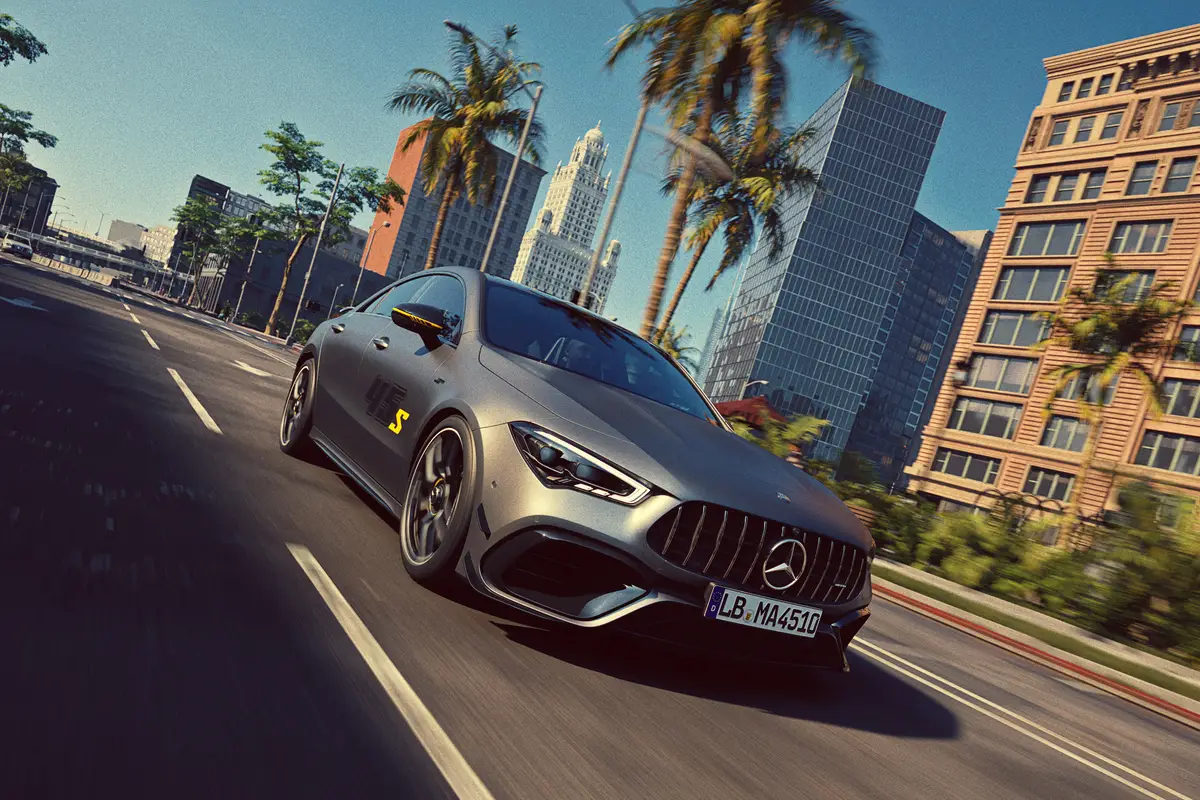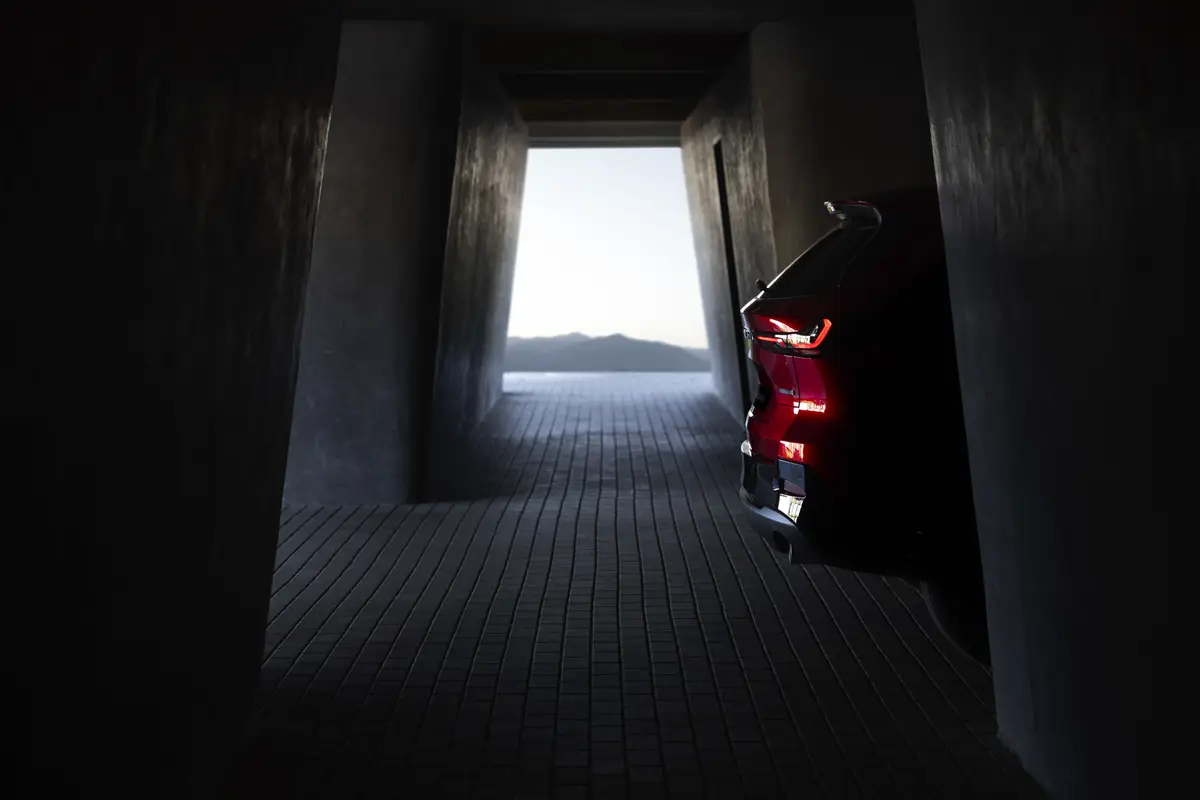washingtonpost.com's view
Like many civilians, we had always done our best to avoid being in, around or in front of police cars. But the people at Dodge made us an offer we found amusing and couldn’t refuse: How would you like to drive our 2007 Dodge Charger Police Package sedan for a week?
My associate Ria Manglapus and I jumped at the idea. We thought it would make a great column. My wife, Mary Anne, the conservative among us, was not so sure. “Sounds like trouble,” she said. “The police might not like it.” Then her face brightened. “Does it come with police lights and a siren? Can we use them?”
It came with the full panoply of police lights — crossbar mounted on the roof, wig-wag types in the grille and rear end. They worked. We were not allowed to use them. The siren was deactivated. We agreed we would have been tempted to use that, but to make sure that our police car didn’t turn us into fake cops, Dodge plastered big “Out of Service” signs across the top of the windshield and on the lid of the car’s trunk.
It did not matter. Mary Anne drove the car for a few hours and brought it back — frustrated.
“You can’t go anywhere fast in this car,” she said. “Everybody slows down in front of you. People slow down behind you. You feel trapped.”
Depending on who is doing the counting and defining of what is a police vehicle, there are 500,000 to 700,000 cars and trucks in service in U.S. law enforcement today. In the past, Ford with its police-package (P72 and P71) Crown Victoria sedans and General Motors with its big Chevrolet Impala (9C1) and Caprice (PPV) sedans dominated that market.
But GM stopped production of its rear-wheel-drive Chevrolet Caprice sedans in 1996, practically ceding the U.S. market for police squad cars to Ford.
Dodge, a division of a once-again independent Chrysler, wants to knock the Ford Crown Victoria off the police roster with its faster, more powerful, all-around better-handling Charger Police Package sedan.
That performance assessment comes from several police departments in the United States that have driven the Charger Police Package against the P71 Crown Victoria, which has been in service since 1998. Law enforcement departments in Michigan, for example, found the Charger superior to the Crown Victoria in all areas except one — interior room.
But in our week-long drive of the Charger Police Package, we never ran into any law enforcement people who were terribly concerned about the comfort of “suspects” or “people of interest” or bona fide “perps” sitting in the rear. The things that mattered to the state and local police officers we interviewed in Virginia were pursuit power (also known as “speed”), handling (which means they all wanted rear-wheel-drive cars), and durability — the ability to take the punishing runs and long idling times frequently experienced by police cars.
Two Virginia State Troopers who chatted with Ria near the courthouse in Alexandria wanted to trade keys. But uniformed duty required that they climb back into their aging Crown Victoria sedans.
“Driving a police car is a totally different experience,” Ria said. “I’ve never seen so many police officers smile or wave at me. But other drivers weren’t happy to be near me.”
For me, civilian reluctance to be in the vicinity of police vehicles turned out to be a good thing. I found a long, lonely road in central Virginia to run the Dodge Police Package hard. I mostly was impressed.
Despite the extra weight inherent in many police squad cars — thanks to bigger engines, tougher suspensions, structural reinforcements and other heavy-duty equipment — the Charger Police Package, equipped with Dodge’s 340-horsepower, 5.7-liter Hemi V-8, moved pretty darned fast — 0 to 60 miles per hour in 6.5 seconds by my clock. Three seconds later, I passed 75 mph and yielded to discretion. I braked with very little nose-dive or body wiggle.
The steering wheel felt heavy in turns, certainly heavier than anything I experienced in civilian automobiles. After four hours behind the wheel, I was ready for a warm soak and a good sleep. What can I say? I’m a nerd and a wimp. No police department worthy of the name would have ever considered hiring me.
But, perhaps because of my timid nature, I’ve developed an eye, a feel for things that are potentially unsafe. I found two of them in the Dodge Charger Police Package — devices common to most police squad cars. They are those long searchlight handles, protruding into the car’s interior through the centers of the front pillars (“A” pillars in automotive parlance) left and right.
Truth is, many law enforcement people do not buckle up in squad cars. That failure could lead to fatality if an officer’s head contacts one of those handles in a crash. Also, as duly noted by Ria and Mary Anne, those interior-protruding handles can obscure peripheral vision. Something safer needs to be designed to operate the A-pillar searchlights.
We’ll miss our police car. But, judging from Ria’s closing remarks, it was time for it to go. “You start feeling powerful when you’re in that car,” she said. “People are a little afraid of you. My voice was becoming authoritative even when I was trying to be nice.”
NUTS & BOLTS
2007 Dodge Charger Police Package sedan
Complaints: Those interior-protruding handles used to operate the A-pillar searchlights need to be redesigned. They obscure peripheral vision and present a potentially serious crash hazard. It seems to us that someone, somewhere out there ought to have — or be able to come up with — electronically controlled A-pillar lights that would eliminate the need for interior handles.
Ride, acceleration and handling: Excellent acceleration. Good handling. From the viewpoints of driver and front passenger, the ride is very good.
Head-turning quotient: The big “OUT OF SERVICE” signs front and rear did not matter. People have a knee-jerk reaction to police squad cars. They slow down.
Body style/layout: The 2007 Dodge Charger Police Package is a full-size, front-engine, rear-wheel-drive, specially equipped sedan designed to bring misery to the lives of errant civilian motorists.
Engine/transmission: The standard engine is Dodge’s 5.7-liter Hemi V-8 that develops 340 horsepower at 5,000 revolutions per minute and 390 pound-feet of torque at 4,000 revolutions per minute. Cylinder deactivation helps to save fuel at low speed and under light loads. The engine is mated to a five-speed automatic transmission that also can be shifted manually.
Technical note: The Charger Police Package comes with 18-inch diameter, high-traction Continental ContiPro Contact tires
Capacities: There is seating for five people. But here’s betting that no one wants to be an official passenger in the rear. Cargo capacity is 16.2 cubic feet. The fuel tank holds 19 gallons of regular unleaded gasoline.
Mileage: We averaged 23 miles per gallon in highway runs. We averaged 15 miles per gallon in the city, primarily because we seemed to cause traffic jams everywhere we went in urban areas .
Safety: Again, those interior-protruding A-pillar light handles need to be ditched. Also, we don’t understand why head and side air bags are optional equipment, as they are in the Dodge Charger Police Package, on police cars. Those bags should be standard in this application. Standard equipment does include electronic stability and traction control.
Price: Government police departments will pay from $22,320 to $29,990 for the 2007 Dodge Charger
Police Package depending on equipment chosen. Prices are sourced by Dodge and www.edmunds.com.
Purse-strings note: Governments can recover the purchase cost through increased traffic ticket revenue. This one is bound to catch more speeders.
Latest news



